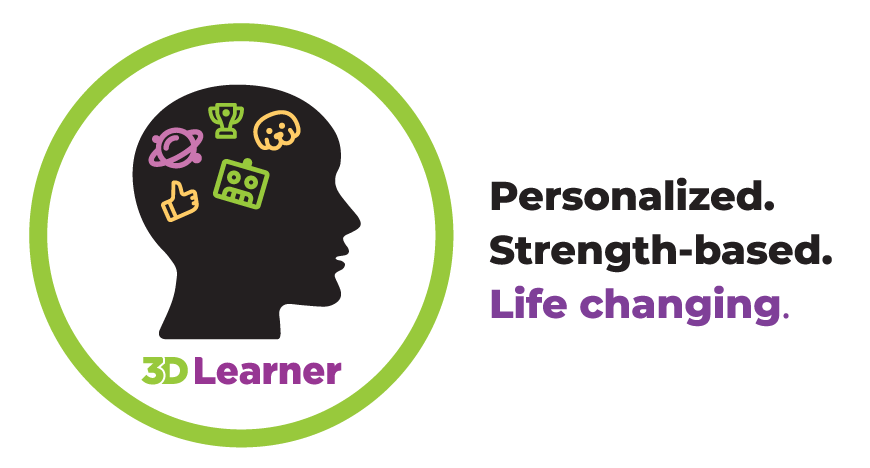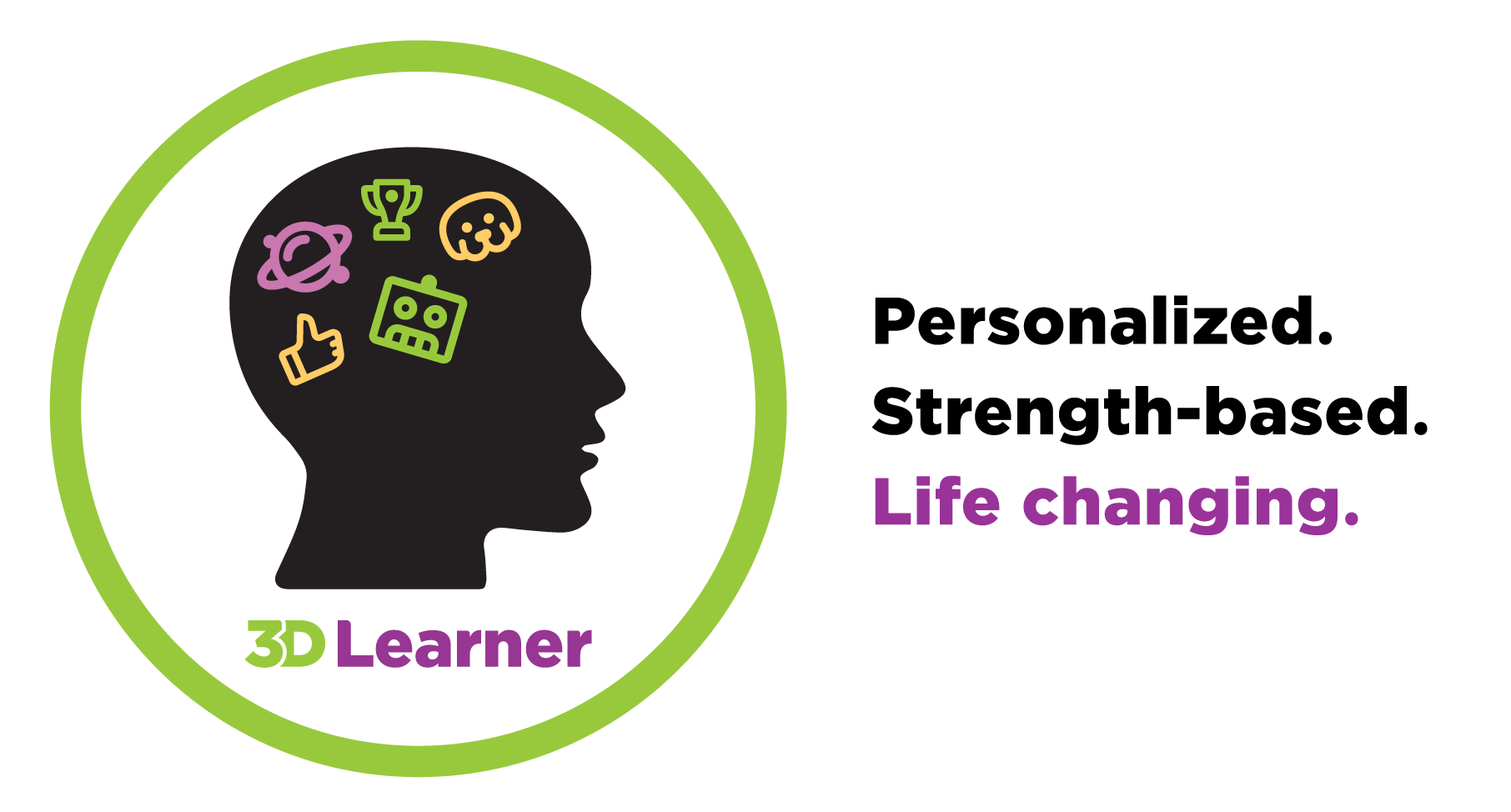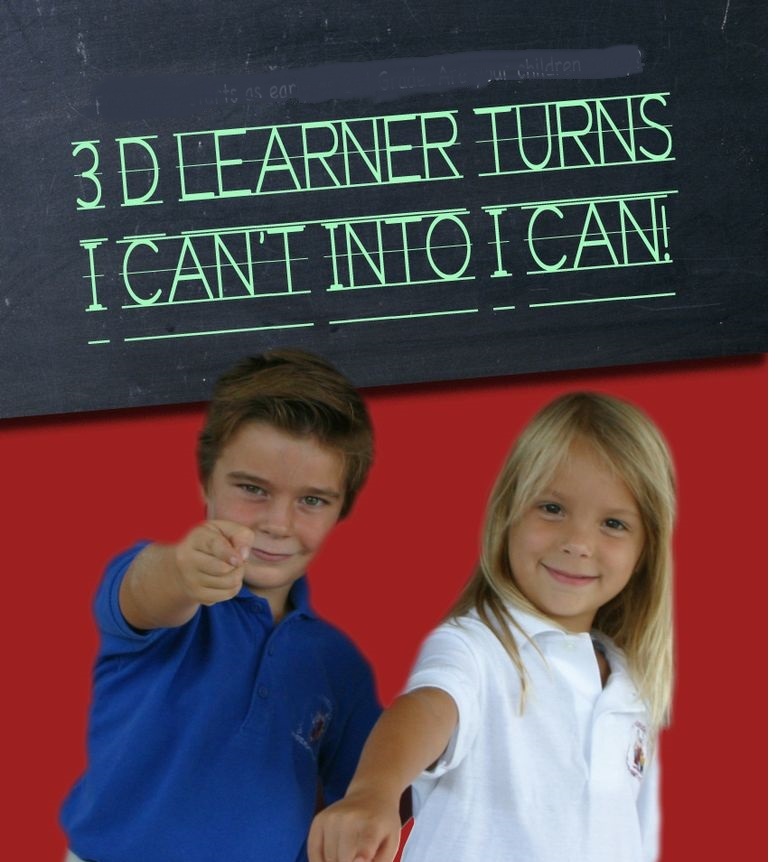A strength-based, whole-child approach is an effective approach to beat grade retention — which often shows up in first grade retention, second grade retention, or third grade retention risks. It is often possible to turn a grade retention risk into a significant improvement in reading comprehension —especially when parents take the lead and adopt a strength-based whole-child approach. Many kids facing grade retention risks learn differently — they are often either a right-brain learner, a visual spatial learner or a kinesthetic learner.
Below is a video where we discuss how you can turn grade retention risk into an opportunity to significantly improve your child’s reading fluency, reading comprehension and self-esteem.
Here’s a focused 5-step strategy to help.
1. Reject the Status Quo and Reframe the Narrative
Grade retention is often recommended when a child is reading well below grade level and scores poorly on assessments. But rather than seeing this as a dead end, reframe it as a red flag and a turning point:
- Your child isn’t “failing”—they are not being taught the way they learn best.
- Use this moment to recommit to your child’s potential, not lower expectations.
- Consider the possibilities if you use a Strength-based whole child approach and partner with the right professionals
2. Assess for Success—not Just for Deficits
Go beyond a standard reading test or dyslexia screen.
Assess for:
- Reading Fluency and. Comprehension (often treated as the same—they’re not!)
- Visual and Auditory Processing
- Working Memory, Attention, and Processing Speed
- Strengths like visual-spatial skills, problem solving, or creativity
3D Learner uses the following tools:
- UFLI® CORE Assessment for decoding and fluency
- Mindprint® for assessing executive function skills
- Structure of Intellect Assessment ® and visual skills screenings
These reveal why your child is struggling and what will unlock their learning.
3. Set BOLD Goals
Don’t settle for “some improvement.”
Create BOLD but achievable goals:
- “Improve reading comprehension by 2 to 3 grade levels in 6 months”
- “Understand and answer ‘why’ questions after reading a story”
- “Read a chapter book and explain the key ideas”
Also include goals for:
- Confidence and self-esteem
- Enjoyment of reading
- Non-academic strengths (sports, music, building)
4. Choose the Right Intervention—a Strength-Based Whole Child Approach
Traditional phonics-heavy programs may not help you achieve your goals for right-brain learners, visual-spatial learners , or kinesthetic learners. Choose an intervention that:
- Uses visual, hands-on, and movement-based strategies
- Addresses the core issues (e.g., visual tracking, attention)
- Builds comprehension from the start, not just decoding
- Includes parent coaching, so you can reinforce learning at home
- Will deliver significant results that will avoid grade retention and prepare your child to succeed
5. Take Massive, Coordinated Action
Time is of the essence. Act quickly and decisively:
- Assess for how your child learns best, Set BOLD Goals and get the help your child needs to succeed
- Engage daily at home with comprehension-building games, read-alouds, and interactive discussions
- Monitor progress weekly with small wins (e.g., retelling, journaling, drawing)
- Communicate with teachers to align strategies and expectations
- Celebrate effort and resilience, not just outcomes
When you treat this “grade retention risk” as the moment to pivot, and intervene with insight, intensity, and encouragement, many children move from frustration to thriving.





